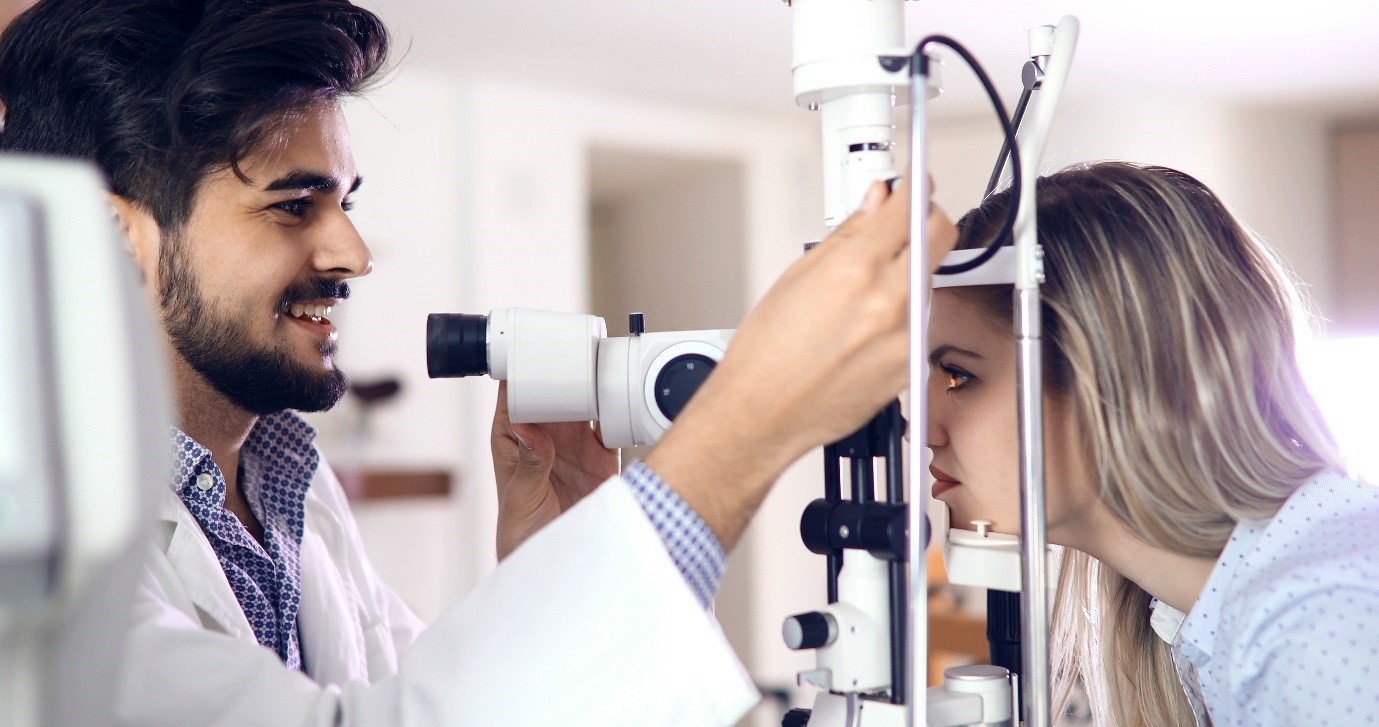In case you did not know, there are a plethora of tests and/or procedures performed by optometrists and ophthalmologists when examining your eyes. They do not just settle to one or two, as doing so can result in an inaccurate outcome. These tests usually start from simpler tests like letting you read something on an eye chart. For the more complex ones, they will involve the use of a lens that is highly powered in order to envisage the tiniest of structures found inside your eyes.
A comprehensive eye exam can run for an hour or so and it really depends on the doctor checking up on you. Also, the complexity of each test can affect the procedure’s length, especially if it takes time to fully evaluate your eye’s vision and health. If you feel like you have signs you need glasses, then an eye exam is necessary.

If you are planning to undergo a complete eye exam, here are some of eye and visit tests that you are likely to experience:
- Colour Blindness Test
The colour blindness test is all about checking your eye’s colour vision. It is usually performed early in a comprehensive eye exam, as it can be vital in ruling out colour blindness. Apart from having the ability to detect hereditary colour vision deficiencies, the test can help the eye doctor colour determine the possible eye health problems that can be attributed to the eye’s colour vision.
- Cover Test
Basically, eye doctors have their own ways of checking how your eyes tend to work together. And while they can be different in some ways, they usually opt to the so-called cover test. It is, after all, the most common one out there.
During a cover test, you will be asked to focus on a small object across the room. From there, each of your eyes will be covered alternately as you stare at the object. The test is then repeated with you looking at the near target. Within the period of the test, the eye doctor will assess whether your uncovered eye has to be moved in order to pick up the fixation target. This, in one way or another, has the potential to indicate strabismus or a more restrained binocular vision problem. The latter, in particular, is likely to be the main reason behind eye strain or the much better-known amblyopia (“lazy eye”).
- Visual Acuity Test
This one of the first tests performed when talking about having a full eye exam. Visual acuity tests are all about measuring the very sharpness of your eyes’ vision. A general rule of thumb is to perform the test through the use of a projected eye chart, which will be responsible for measuring your distance visual acuity. Also, it will involve the use of a small acuity chart, one that is hand-held by the doctor. This time, though, it is meant to measure your near vision.
- Ocular Motility Testing
Ocular motility testing is crucial in determining how well your eyes are able to follow a moving object. Even more so, it helps in making sure that your eyes can efficiently move between and, at the same time, accurately fixate on at least two separate targets.
But when talking about the more common test, it is none other than the testing of smooth eye movements. During this procedure, the eye doctor will ask you to hold your head still and keep an eye on the unhurried movement of a hand-held light. You will be doing this with just your eyes only. If quick eye movements, which are also known as saccades, are also being tested, the eye doctor can decide to have you move your eyes back and forth. This will be done in between two targets, both of which are strategically positioned some distance apart from each other.
- Refraction
This one right here is needed in determining the exact eyeglass prescription for you. During refraction, the eye doctor will use the instrument called a phoropter, which will be placed in front of your eyes. From there, it will show you a variety of lens choices. The doctor will then ask you which of the lenses in each of your choice appears to be clearer. And based on the answer you provide, the eye doctor will perform some fine-tune procedures on the lens’ power until obtaining a final eyeglass prescription.

